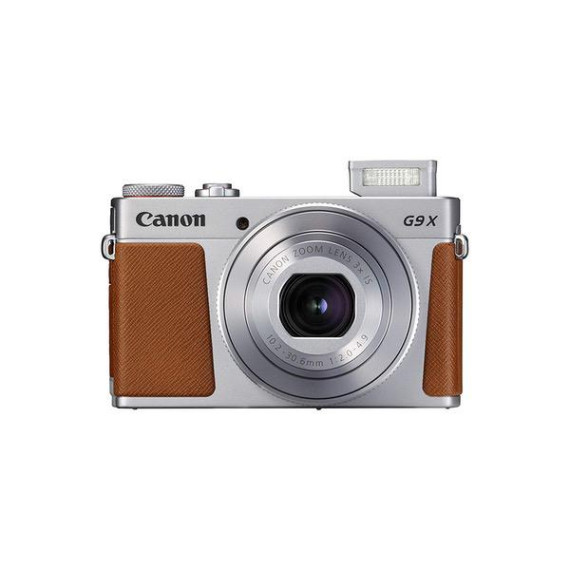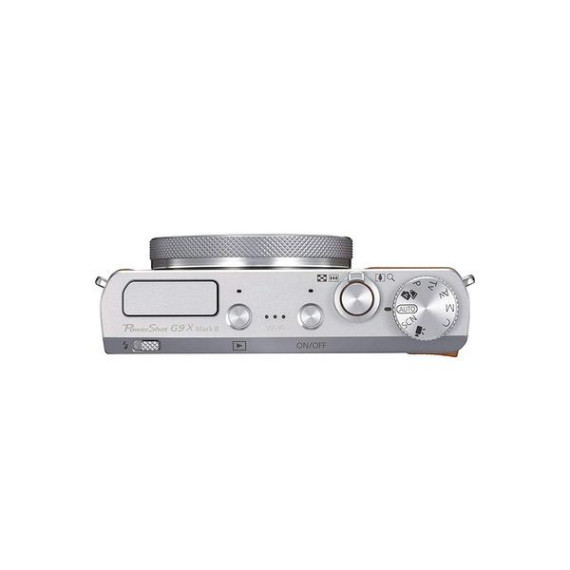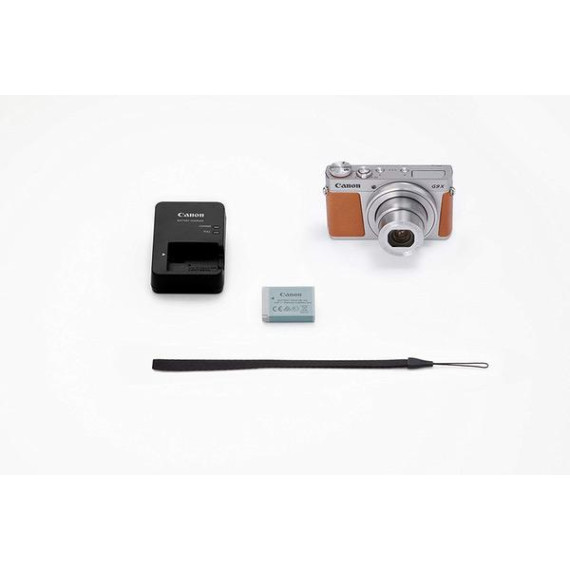R. Angeloni
The Canon PowerShot G9 X Mark II is the updated version of Canon’s G9 X “entry level” premium compact camera. I was looking for a small camera to take along with me when I did not want to lug around a DSLR camera and lenses. After much research, I settled on the PowerShot G9 X Mark II and so far, I am very pleased with the results. The premium compact cameras give the user the option to manually control settings (shutter speed, aperture, ISO), while also offering the traditional “Auto” point and shoot mode, as well as other creative settings typically found on a point and shoot. These cameras also feature a 1” CMOS sensor, which produces better images than a typical cell phone camera. Updates to the Mark II version include the Digic VII image processor, which means faster processing and continuous shooting times for JPEG and RAW photos (a maximum continuous shooting speed of 8.2 fps in RAW shooting mode). The Mark II also features dual sensing image stabilization, a quicker autofocus feature and improved subject tracking, auto shooting mode, and a slight improvement in battery life. The Mark II also is Bluetooth compatible, a new feature (the camera also has Wi-Fi and NFC capabilities). Transferring photos from the camera to your phone is easy with the Canon Camera Connect app. I have used the camera for a few weeks and I like it. The camera is small (it can literally fit in my front pocket) and the large 3” touchscreen is relatively intuitive (the camera has a limited amount of buttons). The user can control mostly everything via the touchscreen, and I have found that visibility of the screen is still very good for daylight shooting. The lens range itself is limited, but what you lose in zoom you make up for in quality photos and compactness. The focal length in the lens of the Canon G9X II is 28mm-84mm, with a 3X optical zoom and a 12x digital zoo, which will produce grainy photos. Maximum aperture is F/2 at 28mm and F4.9 at 84mm. I have attached photos that show what is captured at 28mm, 50mm, 84mm and at maximum zoom. The zoom on this camera will not give you close ups of the moon. The lens barrel also has a ring, which can be used to control a variety of settings. There is no viewfinder. Overall, I am very pleased with this camera. The only negative at this point has been battery life, but the battery life I have experienced may have been comprised since I have been setting up the camera and using its various features. Still, it probably makes sense to buy and carry a spare battery if you are going to be out all day shooting. Highly recommended!





















